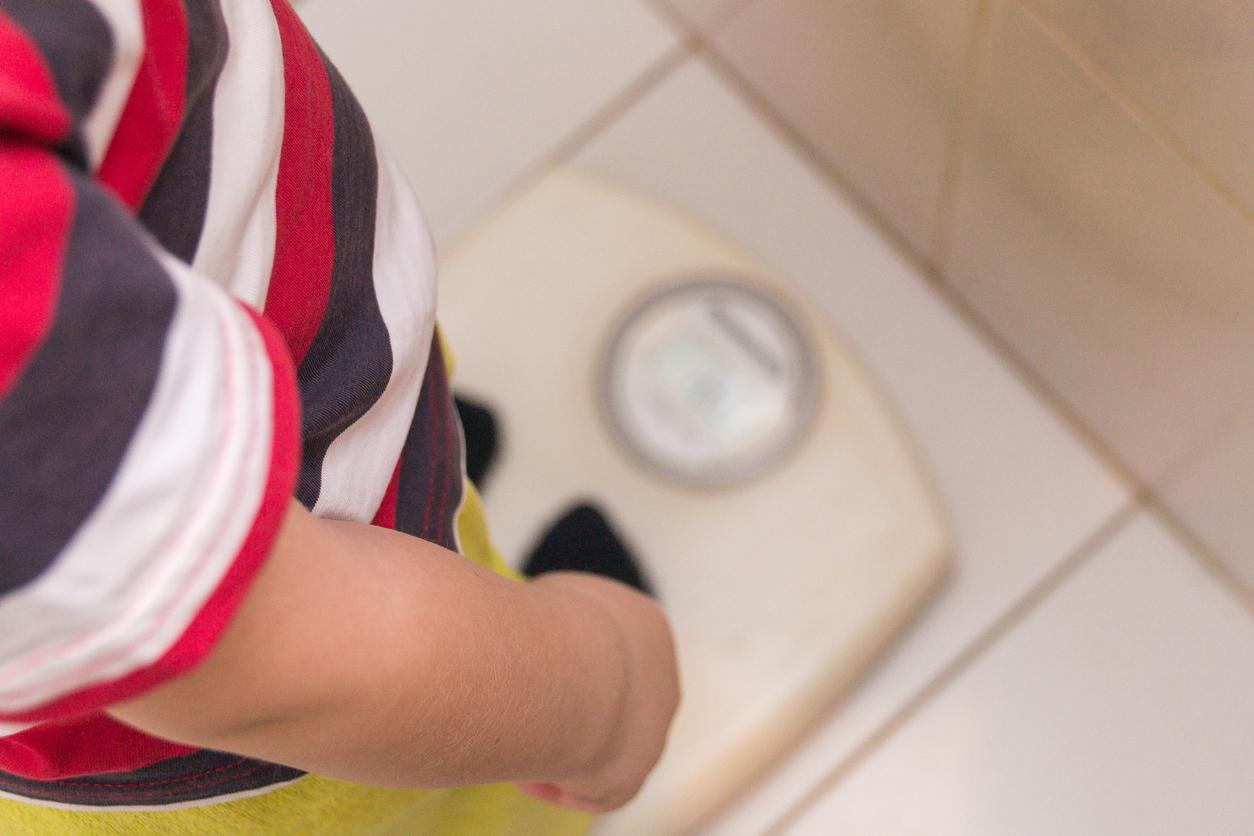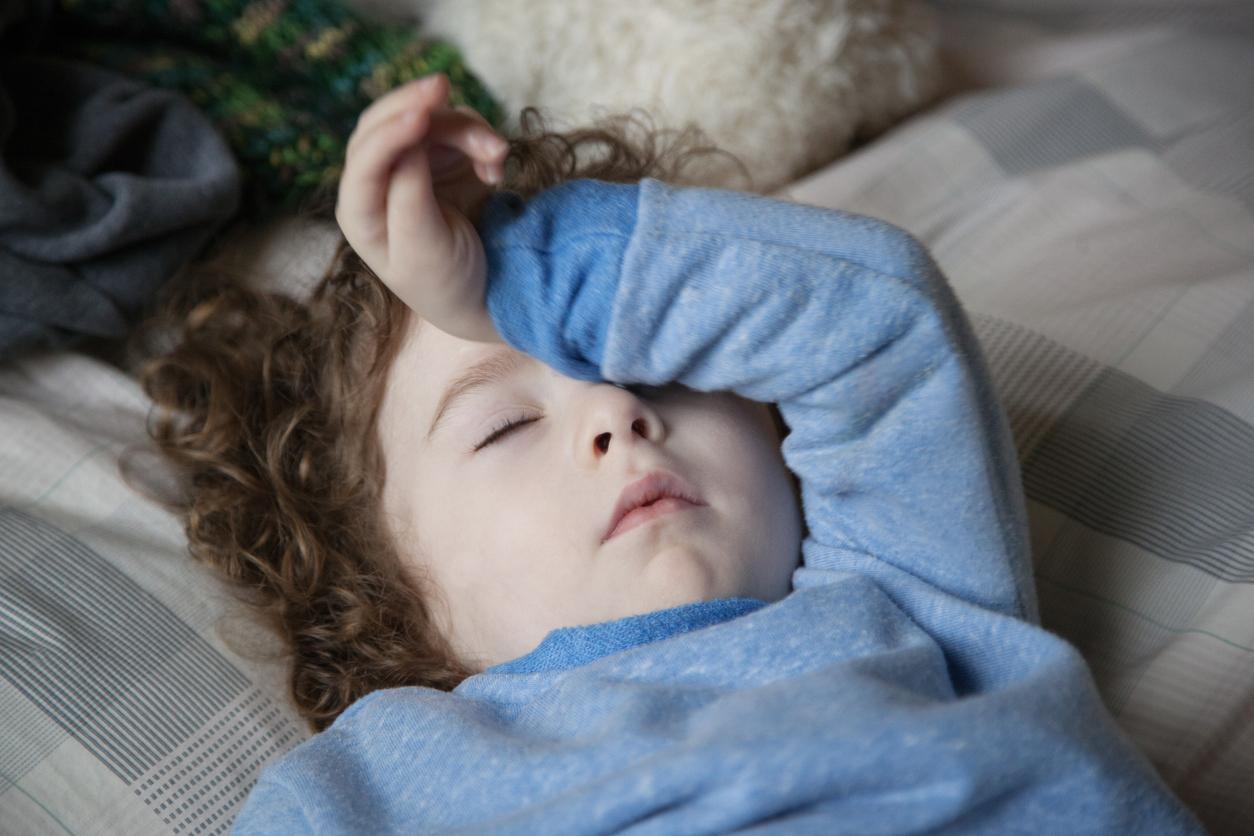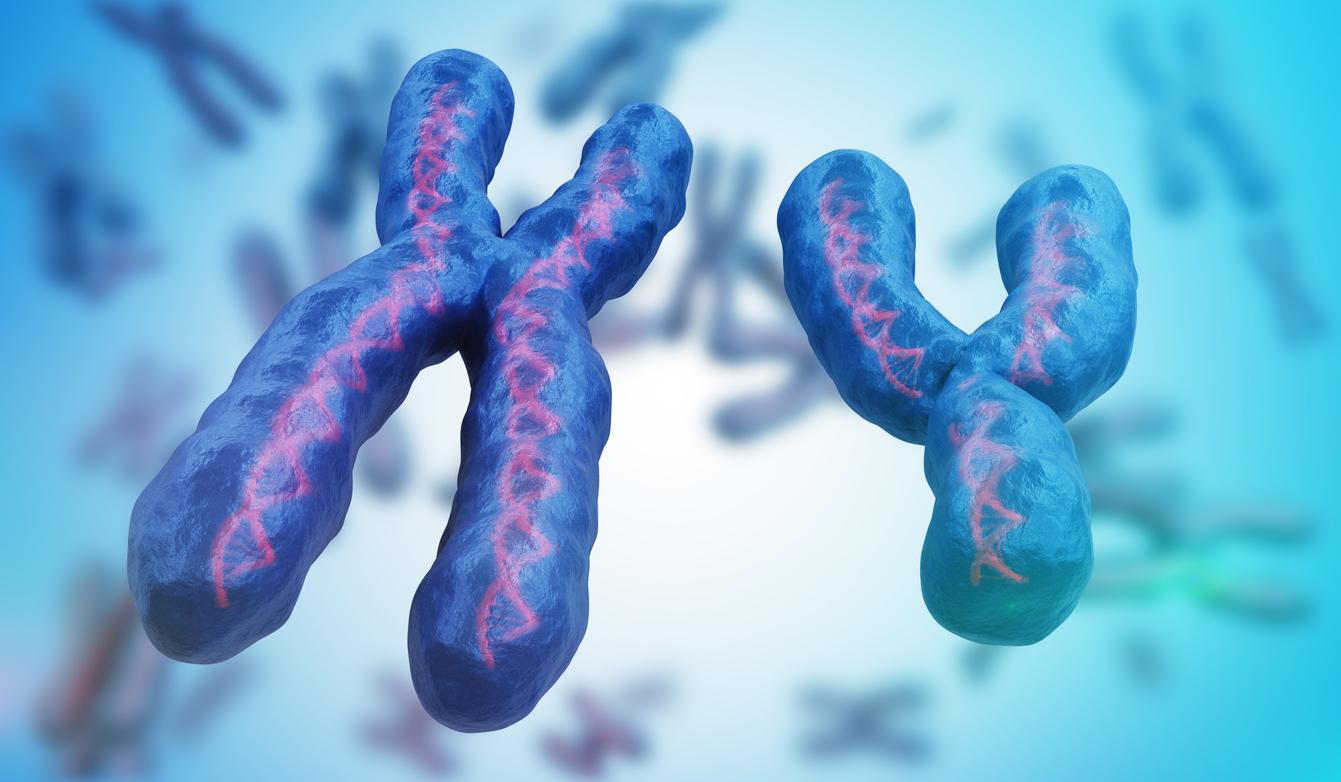US health authorities have released a report about the autism spectrum disorder (ASD) in the United States, nearly a week before World Autism Awareness Day, held on April 2. The Federal Centers for Disease Control and Prevention (CDC) observed a 30% increase in cases of autism compared to 2012. Nearly one in 68 children is affected by this disease in the United States while they two years ago, the figure was one in 88 children.
The report states “14.7 8-year-old children with this syndrome per 1,000 children,” the CDC says, quoted by Le Monde.fr. The National Institute of Health (Inserm) estimates that approximately 100,000 young people under the age of 20 suffer from a developmental disorder in France. Childhood autism concerns about 30,000 of them. In the United States, the number of patients varies from one area of the country to another: one in 175 children in Alabama, in the south, and one in 45 children in New Jersey, in the northeastern United States. . ASD continues to affect boys more than girls and white children more than black or Hispanic children, researchers say.
Too late detection
The intelligence quotient of children affected by the disease also seems to change. Nearly 50% of young people with autism have an average or above average intelligence quotient (85), compared to 30% ten years ago. But the report emphasizes a late diagnosis of the disease, after the age of 4, when it could be detected as early as 2 years old.
“We need to do more to diagnose children earlier. Early detection of autism is the single most effective tool we currently have to make a difference in the lives of these children,” said Dr Coleen Boyle, Director from the CDC’s National Center for Birth Defects and Developmental Disabilities. In France, theAutism Association take advantage of World Awareness Day to recall that, despite the launch of 3rd plan autism nearly a year ago, “the situation of children and adults in France remains a disaster and a national disgrace: poorly diagnosed, poorly educated, little and badly accompanied, largely deprived of social life.”


















